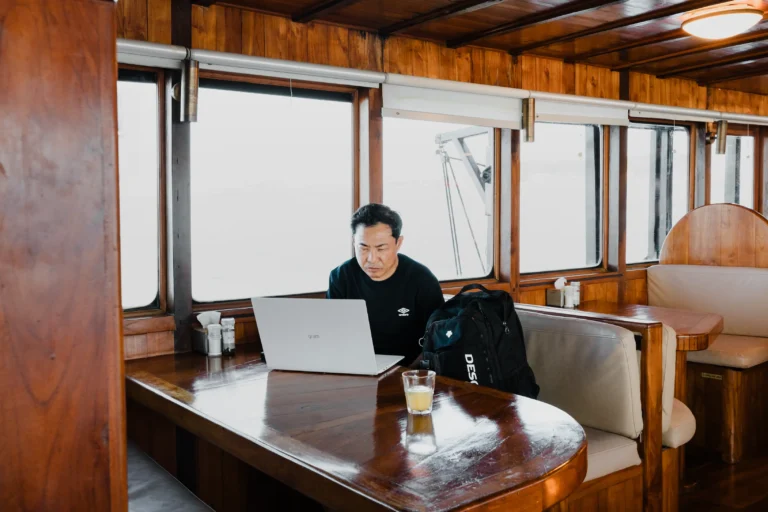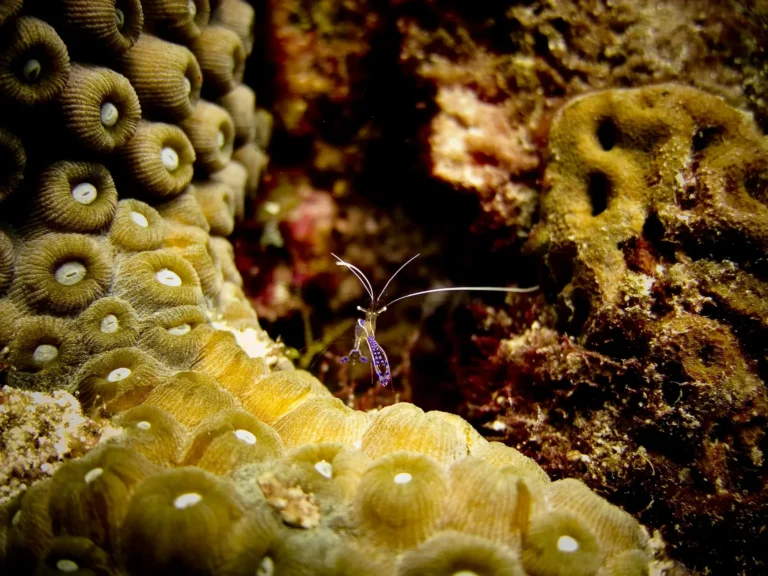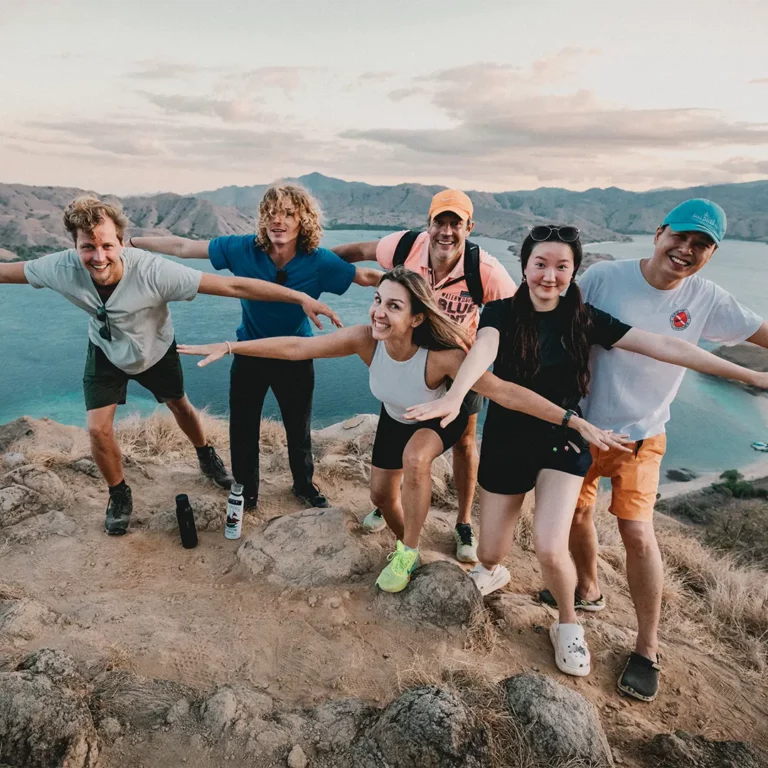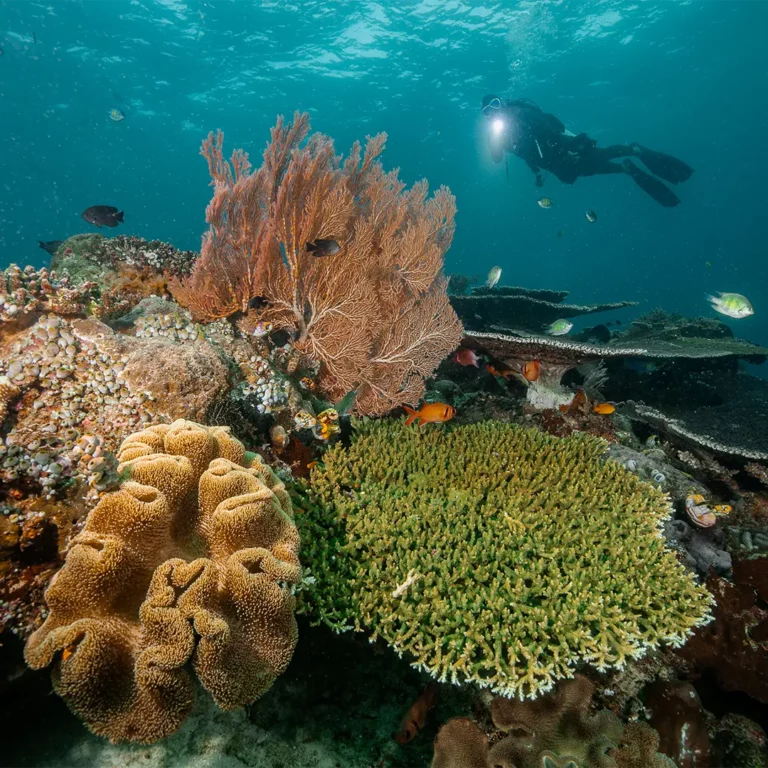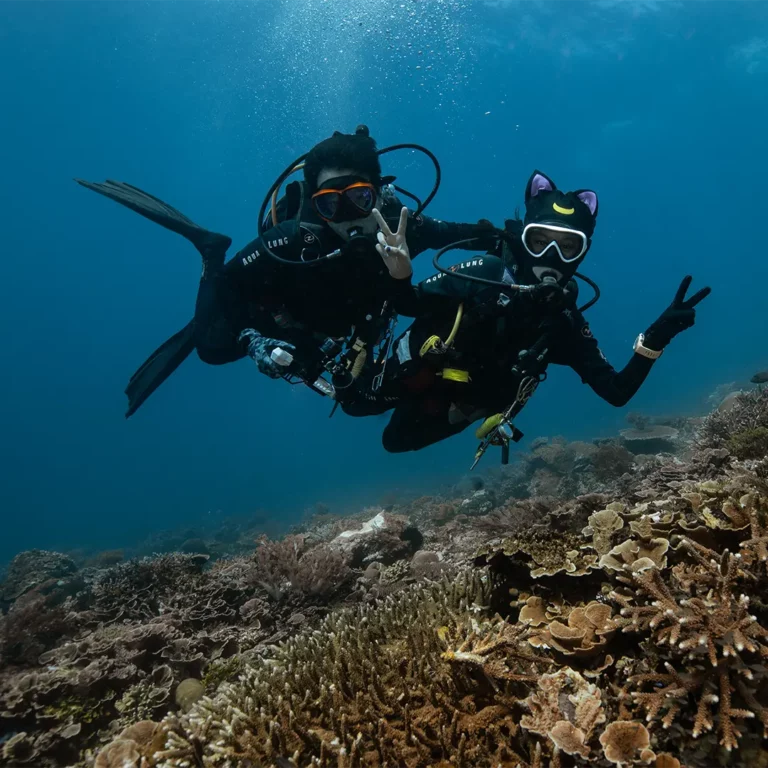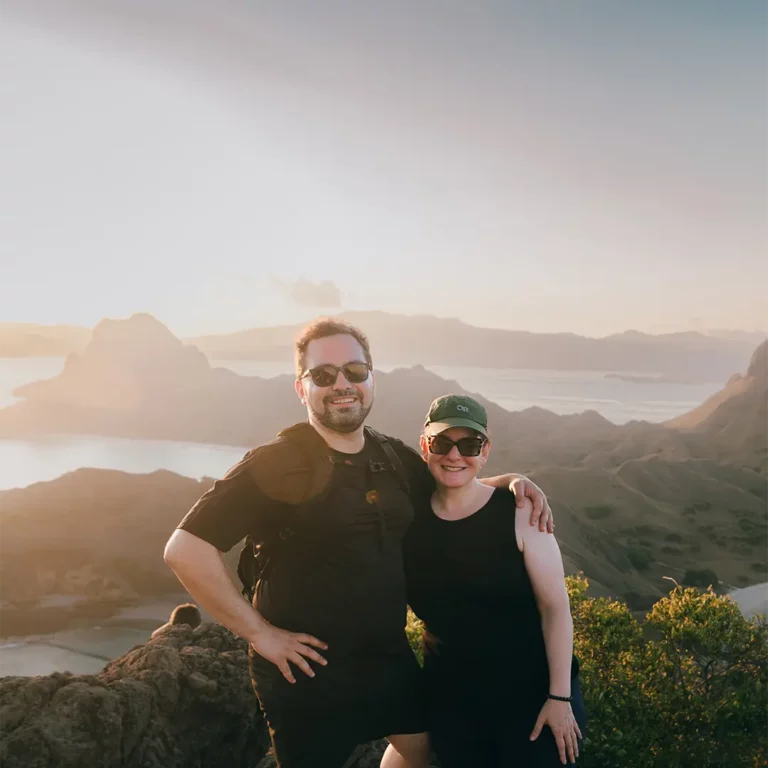Scientific diving refers to the use of diving techniques by scientists working underwater to gain scientific knowledge. Marine biologists frequently use the scientific method when searching for new species, protecting marine life, and expanding our understanding of the underwater world. Scientific divers also assist astronauts in their training before they go into space.
What to Do While Scientific Diving
Biology, botany, geology, physiology, chemistry, and other fields of science that are studied on land are also studied under the sea. As a result, scientific diving tasks are diverse and can include nearly anything. Underwater photography, underwater videography, specimen collection or in-situ measurement, free-swimming or transect-based underwater survey, benthic coring, and equipment deployment and maintenance are all common tasks.
Specimen Collection or In-situ Measurement
Divers are frequently used instead of surface-based collection methods (e.g. trawls) to reduce the environmental impact of collection, to allow for more humane collection methods such as using anaesthetics underwater to allow specimens to be captured and measured, and, at times, to measure in-situ to avoid destroying the specimen through retrieval to the surface.
Underwater Investigation
Diver-based underwater surveys are frequently used to quantify biological communities or single species over specific geographic areas.
Underwater Photography
Used to provide a more detailed analysis of an event or process. This is frequently accomplished through the use of high resolution underwater digital SLR still photography.
ALSO READ : What is Nitrox Diving? Pros and Cons of Enriched Air
Underwater Video Static
Underwater video is used to create longer-term event analyses. The equipment can either store the images internally or transmit them to the surface via umbilicals. Time-lapse photography can be used to extend the operation, and infrared cameras can record both at night and during the day. Correct camera positioning by divers is frequently a critical component of the study. Divers can also keep the equipment underwater, which means it doesn’t have to come to the surface every time.
Video Mosaicing
It is frequently difficult to obtain large-scale visualisations of seabed areas. If the water is dark, a lot of light is required. Because the water may be turbid, obtaining a large-scale photograph is nearly impossible. To maintain attitude and height above the seabed, video mosaicing employs digital video cameras mounted on a sliding apparatus built underwater. The camera is moved over the area to be photographed and either continuous or individual images are captured.
The image processing takes a percentage of each image and digitally overlays it on top of the previous image. Even if a single frame of video footage has a low resolution, once fully mosaiced, the researcher will have a high resolution image of a large area, regardless of water clarity or lighting.
Coring of Benthic Organisms
Benthic cores contain a wealth of information about the receiving environment and its consequences. The cores are sometimes taken for pollutant analysis, sometimes to assess the biological community within the benthos, and sometimes to make physio-chemical measurements on the cores after they have been collected. The advantages of using divers to core by hand are that they can be more precise about where the cores are taken from and there is less disturbance than if a surface deployed corer was used.
Equipment Deployment and Maintenance
Divers are frequently used in science to deploy, maintain, and/or retrieve underwater monitoring equipment. Attaching the equipment to permanent or long-term moorings with divers eliminates the need to lift the entire mooring each time. This lifting process can be costly if a large surface vessel is required. Continuous mooring deployment and recovery can have an impact on the sea floor in vulnerable areas.
Highlights and Benefits
Science diving can take you to places all over the world. Water covers a large portion of the earth’s surface, creating numerous underwater realms to explore. You could research the ice caps of Antarctica or the coral reefs of Honduras. You could study seahorse mating patterns or rocks and sediment near a tectonic plate. There are numerous options.
Scientific divers are almost always involved in research that contributes to a better understanding of our world, which many find inspiring. Of course, there’s always the fact that scientific divers can spend a large portion of their work time diving, which is often seen as a plus!
ALSO READ : What is Decompression Diving? Purpose, Plan, The Best Deco Dive Computer
Challenges and Responsibilities
As with any occupational diving operation, a scientific diver’s responsibilities may range from being the Coordinator in charge of a diver team and managing all tasks that this entails, to acting as one of the diving members of the team and fulfilling all workplace health and safety requirements and dive team responsibilities inherent in that role; all while ensuring that the data collected is as accurate as possible.
Scientific diving can take place under ice in the Arctic or Antarctic, on tropical coral reefs, and in conditions ranging from zero visibility to blue water diving in the open sea.
Any scientific diver must be skilled and experienced enough to focus on the work at hand in whatever environment they are in, with data accuracy and safe performance of any other required tasks being of primary concern.


